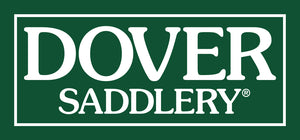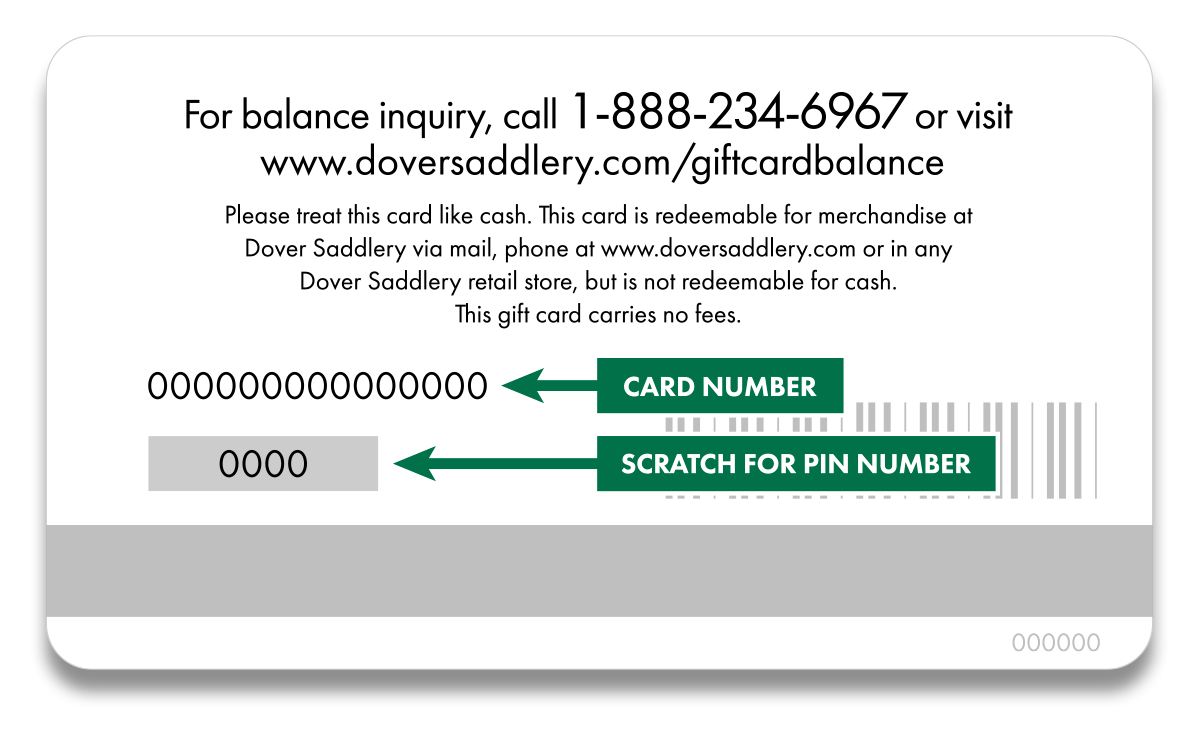
Nature intended horses to roam throughout the day foraging for vegetation and nibbling small amounts of grass almost continually — activities that keep them occupied and their digestive systems functioning well. We simulate this environment with daily turnout, regular exercise, and plenty of hay given throughout the day. Occasionally, a horse must receive stall rest to recover from injury or illness, or bad weather forces restricted activity and increased confinement. Confinement can cause stress in horses and bring out undesirable behaviors, known as stable vices, such as circling, weaving, stall kicking, wood chewing, and cribbing.
Tip: A small mesh hay net is a great tool for slowing your horse's hay consumption and keeping him nibbling longer than when hay is served loosely. Available in small and large sizes.
Here are some suggestions for keeping your horse occupied in its stall, followed by humane solutions for common stable vices like kicking and cribbing.
Toys and Amusements
Food-related entertainment is naturally the most interesting for your horse. Treats taste delicious and satisfy your horse's natural inclination to nibble during the day.
For hours of entertainment, try hanging treats such as Uncle Jimmy's Hangin' Balls or the Jolly Stall Snack System. These tantalize your horse and keep him busy by moving as he tries to taste the treat. Hang treats at the level of the horse's withers, and far enough from the stall walls so he cannot grab the entire treat at once.
Tip: A Himalayan Horse Salt Lick hung by its rope provides a savory alternative to sweet treats. Some horses alternate between sweet and salty tastes. Available in 2.2 and 4.4 pounds, and in rounded form.
Spinning, wall-mounted toys keep your horse entertained too. Mount toys where your horse can reach comfortably — not too high or low. A scented Jolly Ball encourages play and can be hung or used by the horse. Jolly Balls are durable and require no air pumping. Jolly Mega Balls, in 25", 30", and 40" sizes, are ideal for paddocks, with fun-colored, easy-to-clean covers available separately.
Solutions for Stable Vices
Stable vices are habits that can harm your horse and damage your barn. In addition to amusements described above, devices can help with common vices like kicking and cribbing.
Cribbing
Sometimes called wind sucking, cribbing involves a horse swallowing air. A cribbing horse latches onto a surface — such as a wooden stall ledge, feed bucket, or gate — to arch his neck and gulp air. Some horses crib without a surface, pressing a surface with their upper teeth or chin, or arching their necks in midair.
Cribbing may initially relieve stomach discomfort caused by stress or ulcers. The behavior releases endorphins, giving a feeling of wellness, which can quickly form a habit. Cribbing damages your barn and is harmful to the horse's teeth; in some horses, it may contribute to colic.
To prevent or reduce cribbing, use a cribbing collar or strap. Different models and adjustments help you find the most effective fit. Collars prevent neck arching by pressing at the throatlatch. Fit snugly, but not too tight, and consult a knowledgeable friend, veterinarian, or trainer.
Popular options include the Miracle Collar, suitable for ponies and horses, which can be used with or without a halter. Other choices include French Cribbing Straps and Hinged Cribbing Straps. Leather straps can be conditioned and fitted with a fleece cover for comfort. Preventative coatings like Chew Stop may also help.
Wood Chewing
Wood chewing is destructive and differs from cribbing. If your horse starts chewing wood, provide extra forage and consult a veterinarian to rule out nutritional deficiencies. Products such as Farnam Quitt offer vitamins, minerals, and fatty acids to curb the urge. You can also use Hydrophane Cribox Anti-Cribbing Paste or cover exposed wooden edges with metal for additional protection.
Tip: Stretch your bedding budget with Odor-No-More Stable Odor Control. This absorbent fiber resembles shavings, absorbs odors, and can reduce bedding use by up to 75%.



